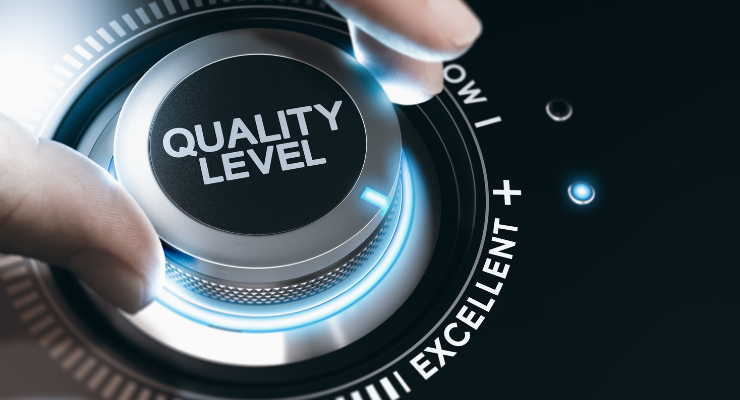
Optimizing Your Website with Effective Image Changes: Best Practices and Insights
Optimizing Your Website with Effective Image Changes: Best Practices and Insights
Images play a crucial role in web design, impacting the overall look, user experience, and even SEO performance of your website. Changing and optimizing images effectively can enhance visual appeal, improve loading times, and boost engagement. In this blog post, we'll delve into the theory and best practices for changing website images, providing insights beyond the step-by-step process outlined in our comprehensive guide.

Why Changing Images Matters in Web Design
Updating and optimizing images on your website is more than a cosmetic change. It offers several benefits:
Enhanced Visual Appeal: Fresh, high-quality images can make your website more attractive and engaging.
Improved Loading Times: Optimized images reduce loading times, improving user experience and SEO.
Better User Engagement: Relevant and compelling images can increase user interaction and time spent on your site.
SEO Benefits: Properly optimized images can boost your site's search engine rankings.
For businesses looking to optimize their web design, Ad Ronin offers digital marketing solutions that include expert image optimization and management.
Key Considerations for Changing Website Images
Changing website images involves several key considerations to ensure effectiveness and alignment with your overall design strategy. Here are some best practices:
1. Aligning with Brand Identity
Your images should reflect your brand's identity and values. Here’s how to ensure brand alignment:
Consistent Style: Use images that match the style and tone of your brand.
Brand Colours: Incorporate your brand colours into images where possible.
Quality Standards: Ensure all images are high-quality and professionally edited.
Example: A luxury brand might use high-resolution, sophisticated images, while a playful children's brand might opt for bright, colourful, and fun images.
For a detailed guide on changing images, refer to our step-by-step workflow.
2. Optimizing for Performance
Optimizing images is crucial for improving site performance and SEO. Here’s how to optimize effectively:
Image Compression: Use tools to compress images without losing quality to reduce file sizes and improve loading times.
Responsive Images: Ensure images are responsive and adjust to different screen sizes and resolutions.
Alt Text: Include descriptive, keyword-rich alt text for all images to improve accessibility and SEO.
Example: Use image compression tools like TinyPNG or JPEGmini to reduce file sizes, and include alt text such as "High-quality organic cotton t-shirt" for product images.

3. Enhancing User Experience
Images should contribute to a positive user experience. Here’s how to enhance user experience with images:
Relevance: Ensure images are relevant to the content and provide additional context or information.
Engagement: Use images that capture attention and encourage user interaction.
Accessibility: Make sure images are accessible to all users by providing alt text and ensuring compatibility with screen readers.
Example: Use engaging product images on an e-commerce site to attract customers and provide multiple views or zoom options for a better shopping experience.
For more information on optimizing your website for a better user experience, explore our digital marketing blog.
Practical Example: Changing and Optimizing Images for an Online Store
Let’s explore a practical example of how to change and optimize images for an online store:
Imagine you own an online boutique and want to update your product images to improve visual appeal and performance. Here's how to approach it:
Align with Brand: Select high-quality images that reflect the boutique's stylish and elegant brand.
Optimize for Performance: Compress images using a tool like TinyPNG, and ensure they are responsive for all devices.
Enhance User Experience: Include alt text with relevant keywords, such as "Elegant evening gown in silk," and provide multiple views of each product.
By implementing these strategies, you can create a visually appealing, fast-loading, and engaging online store.
For a detailed guide on changing images, explore our step-by-step workflow.
Conclusion: Elevate Your Website with Optimized Images
Changing and optimizing images on your website is a powerful way to enhance visual appeal, improve user experience, and boost SEO performance. By understanding the theory and best practices, you can effectively update your website's images to achieve your desired look and feel.
At Ad Ronin, we provide comprehensive web design and digital marketing services to help you optimize your website's images and overall design. Contact us today to learn more about how we can support your digital strategy.
For further insights and a step-by-step guide on changing images, check out our workflow.

